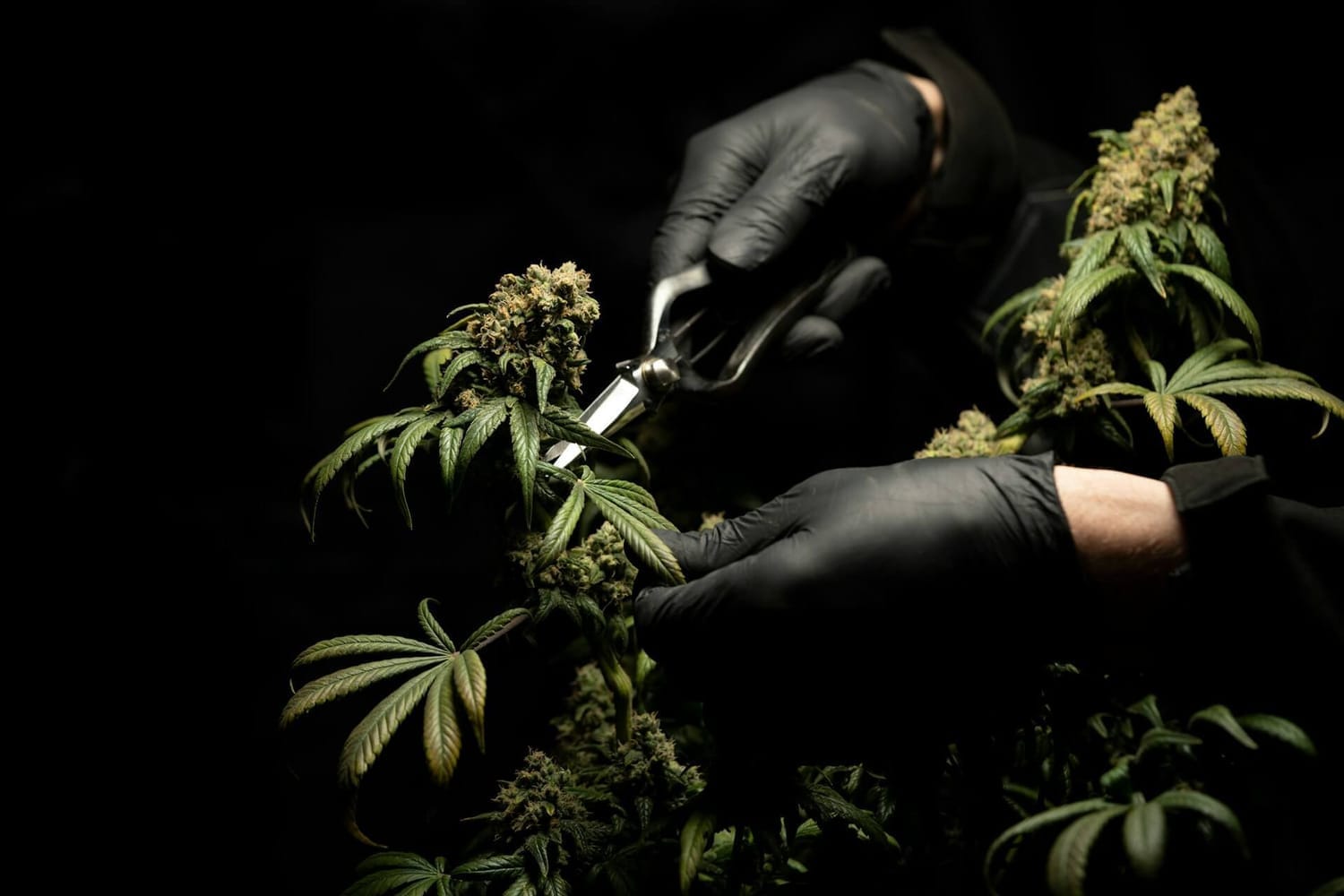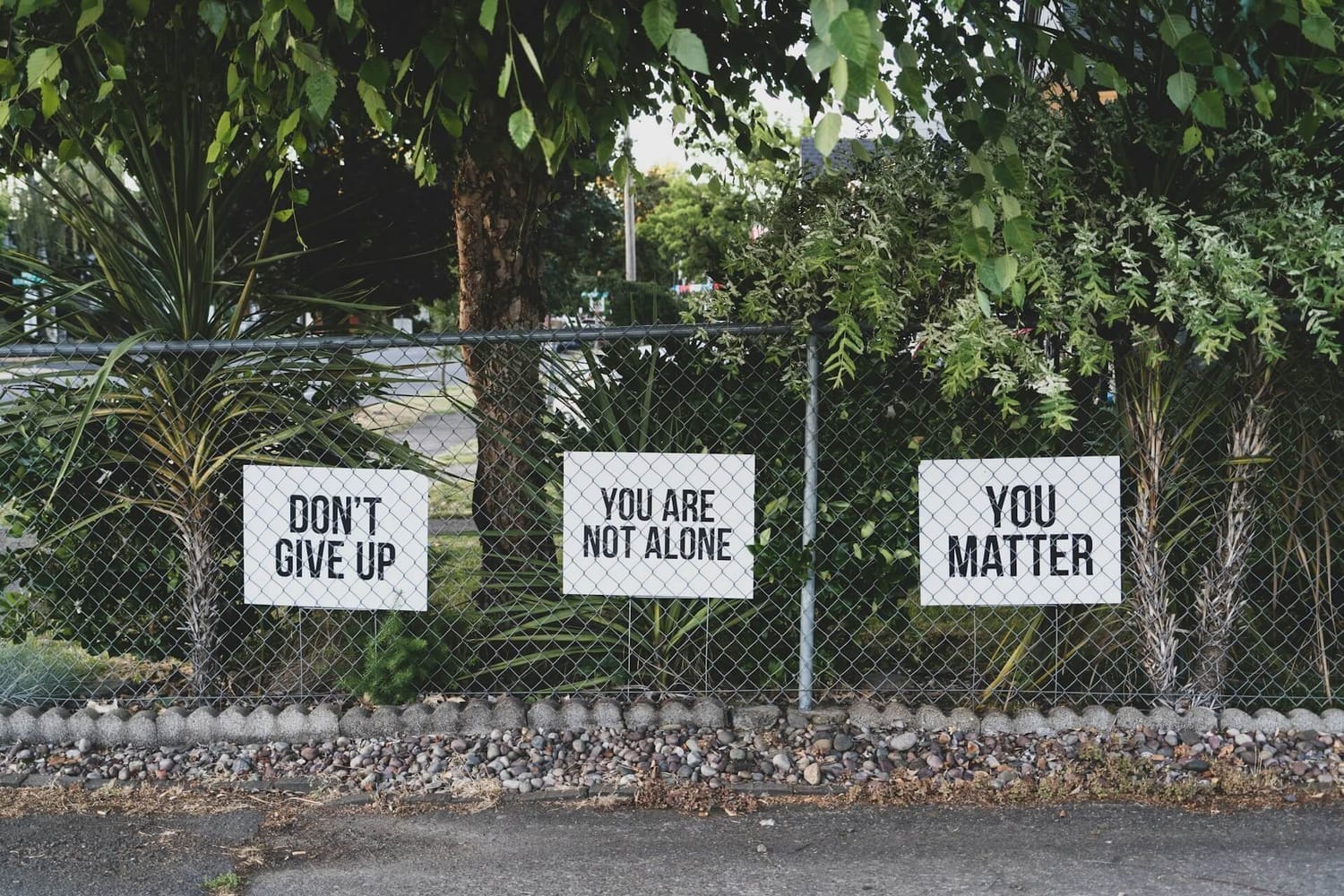THC Psychosis
Marijuana is now one of the most widely used substances in the world. In the United States, 38 states have legalized medical use, and 23 states have legalized recreational use.
Still considered a harmless recreational drug by many, approximately 57% of Americans support its legalization across the board.
Following widespread legalization, the marijuana industry has become a multibillion-dollar industry, with the global cannabis market expected to top $444 billion by 2030.
To be clear, cannabis plants contain a predominance of either THC [tetrahydrocannabinol] or CBD [cannabidiol]. They both interact with the body’s endocannabinoid system with different effects.
THC is psychoactive and produces a high. CBD is non-psychoactive and often comes from the hemp plant.
While some advocate for its medicinal benefits, there is growing evidence that marijuana use presents significant risks to mental and emotional well-being.
In this article, we'll explore the dangers associated with marijuana use, focusing on THC-induced psychosis, cannabis use disorder, and the broader impact on mental health.
If you saw the movie The Big Lebowski, then you’ll remember The Dude, the film’s lazy stoner protagonist. The movie makes us laugh, and in turn, encourages us to believe that getting high is funny and sociable.
If you grew up anywhere in the 60s to 80s, chances are your experience with marijuana was innocent enough for a temporary mood lift.
However, modern marijuana products bear little resemblance to that era of cannabis.
While traditional marijuana contained 2-4% THC, today's products routinely contain concentrations ranging from 15% to 99% THC. These include:
High-potency vaping pens and cartridges
Concentrated extracts such as "wax," "shatter," and "dabs"
Synthetic edibles with extreme THC concentrations
Laboratory-processed distillates and resins
Modern marijuana plants are genetically engineered and then highly processed. The THC is extracted with solvents and chemically manipulated into super concentrates, leaving almost none of the original marijuana flower in the final product of pens and edibles.
This dramatic increase in potency has transformed marijuana from a mild intoxicant into a fundamentally different substance with correspondingly different risk profiles.

The most alarming reaction to modern usage is cannabis-induced psychosis [CIP], a condition that can develop suddenly after using high-potency marijuana – sometimes within 24 hours of use, but typically within a week.
The symptoms are serious and frightening: hallucinations, paranoid delusions, complete disconnection from reality, severe insomnia, and in some cases, suicidal thoughts.
Particularly concerning is that about 15% of adolescents using high-THC marijuana experience psychosis or serious mental health issues.
Roughly half of cannabis-induced psychosis cases that reach emergency rooms eventually develop into full schizophrenia.
The mechanism behind this isn't mysterious. High-THC products create artificial surges in dopamine that then crash below normal levels, disrupting brain wave patterns, hormones, sleep cycles, and basic cognitive function.
For developing brains – which aren't fully mature until around age 25 – these disruptions can have lasting consequences. Young brains, i.e. in teens and young adults, are still developing critical pathways, especially for decision-making, impulse control, and emotional regulation.
Teenagers using cannabis recreationally are more likely to develop psychiatric disorders, including depression and thoughts of suicide.
High-THC products can result in permanent changes to brain structure and compromised cognitive development, affecting educational and career prospects for their future.

Despite the general belief that marijuana is not addictive, the results say otherwise. Up to 30% of marijuana users develop a condition known as Cannabis Use Disorder [CUD], and 50% experience withdrawal symptoms when they try to quit.
Modern high-THC products create rapid tolerance in the body, forcing users to consume larger amounts to achieve the same effects. Withdrawal symptoms are real and can be severe: anxiety, irritability, anger, disturbed sleep, depression, loss of appetite, and sometimes physical symptoms like headaches, sweating, and stomach pain.
Many users report they can't sleep without marijuana, feel anxious when it's unavailable, and find their relationships and responsibilities suffering as their use increases. This is the result of how these high-potency products affect brain chemistry.
As if psychosis and disorders were not enough, commercial marijuana frequently contains high, and even dangerous, levels of pesticides, heavy metals such as aluminum, boron, bismuth, nickel, tin, zinc, and copper, and other toxins that may aggravate mental symptoms or create other health risks.

The COVID-19 lockdown created a perfect storm for increased marijuana use among young people: social isolation, increased stress, limited access to support systems, and disrupted normal development activities.
Meanwhile, the commercial cannabis industry actively targets young consumers through social media, minimizes health risks in advertising, and promotes products as "natural" and "safe."
Some people may use cannabis without serious problems, but we now know that others face significant risks, especially with today's high-potency products.
We need some honest conversations about cannabis. Parents and young adults need accurate information to make informed decisions.
The goal isn't to create fear, but to ensure that decisions about cannabis use are made with full knowledge of the potential consequences.
For parents, educators, healthcare providers, and young people themselves, understanding these risks is the first step toward making informed choices and protecting developing minds from potentially devastating consequences.

Today's high-potency marijuana isn't just a stronger version of an old drug – it’s a new substance that requires new understanding, new caution, and new approaches to prevention and treatment.
There is a story on the Weston A. Price Foundation web site [link in References] about a young woman named Mila, who ended up taking her own life because of THC-Induced Psychosis.
Her parents’ story makes for sober reading, and while it may be rare among overall users of marijuana, the risk is stark and ever-present.

References
THC Induced Psychosis - Weston A. Price Foundation
Can Marijuana Cause Psychosis?
Cannabis Use Disorder: Definition, Symptoms, Treatment
Cannabis-Induced Psychosis: A Review
High potency marijuana highlights the risk of cannabis-induced psychiatric disorders
Cannabis Is More Dangerous Than You Think
How Marijuana Affects the Brain & Body | Dr. Andrew Huberman
The SCARY Truth About WEED Addiction [Dr. Anna Lembke, author of Dopamine Nation]
Hi, I'm Ellen...
... and I am a writer, coach, and adventurer. I believe that life is the grand odyssey that we make of it.
I would like to help you live a truly magnificent and happy life no matter your age and current situation.
You deserve to experience your hero’s journey to its fullest.
What are you waiting for?
There is only now and the next choice.
Subscribe to my email list here
your privacy is protected and you can unsubscribe any time
Subscribe to the Triumph and Grace newsletter
your privacy is protected - unsubscribe any time


